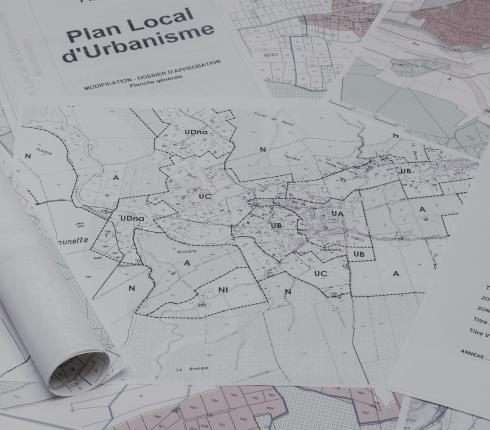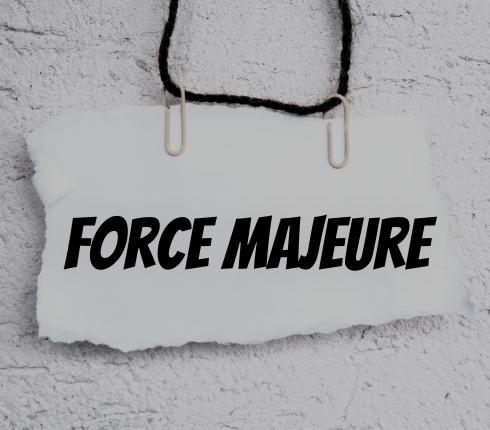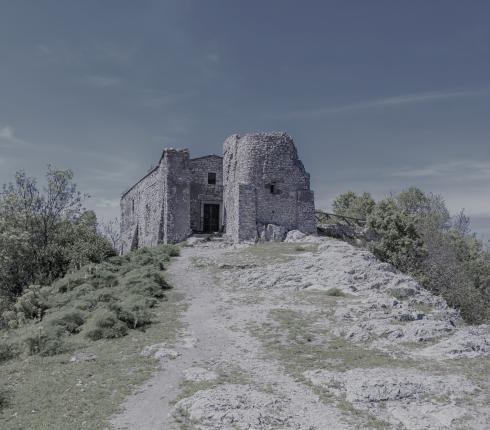What to keep in mind when inheriting an immovable and making transactions with inherited immovable in Estonia
Registered immovable can be transferred or encumbered only by the owner entered in the land register. Although the inheritance passes from the bequeather to the successor upon the bequeather's death, the successor must first turn to a notary to initiate succession proceedings. In the course of the succession proceedings, the notary will identify the successors and issue a succession certificate. The successor can be entered as a new owner in the land register only after the authentication of the succession certificate is issued. After that he or she can make the desired transactions as the owner of the registered immovable.

Becoming successor
There is no obligation to accept the succession. However, an application for renunciation of succession must be submitted within a specified term. If the successor has not submitted an application for the renunciation of succession within three months from the moment, he or she became aware of or ought to become aware of the death of the bequeather and his or her right of succession, it is deemed that he or she has accepted the succession. Instead of the person who renounced the inheritance (renouncer), those persons will succeed who would have succeeded, if the renouncer had died before the bequeather. For example, if the child of the bequeather renounces the succession, his or her share of the estate is inherited by the children of the renouncer. Succession cannot be renounced for the benefit of another person at his/her discretion.
The registered immovable might not be the sole property of the bequeather
There are cases when the owner entered in the land register wishing to enter into a transaction with a registered immovable does not even know that the registered immovable belongs to the joint property of the spouses. If the other spouse has died but the succession proceedings have not been conducted, the transaction can be made only after the succession proceedings of the deceased spouse have been carried out.
When inheriting a registered immovable, it must be taken into account:
- In order to initiate succession proceedings, any Estonian notary may be contacted, regardless of the region of Estonia in which the bequeather’s last residence was. If the bequeather's last residence was not in Estonia, the succession proceedings must be conducted in the country of the bequeather's last residence.
- It takes at least one month to conduct succession proceedings until the certificate of succession is authenticated.
- In addition to the known registered immovable, the estate may encompass other rights and obligations. Although the notary makes inquiries to the registers when conducting succession proceedings and submits inquiries to credit institutions operating in the Republic of Estonia, it would be worthwhile for the successor to apply for an inventory of the estate in order to protect himself or herself. The notary shall appoint an enforcement agent for making an inventory of the estate and specify a term for making the inventory. After making an inventory the liability of a successor for obligations related to the estate is restricted to the value of the estate.
- After the certificate of succession has been issued by the notary, the successor can submit a registration application through the land registry portal for entry as a new owner in the land registry or the notary will submit a notarized application to the land registry department. A certificate of succession shall be attached to the application for registration. Entry of a successor in the land register is free of state fees.
- If there are several successors (co-successors), they are also entered in the land register as joint owners on the basis of only one successor's application for registration. Transactions with the registered immovable can only be made jointly by the co-successors. If the co-successors wish to divide the estate, a notarised agreement must be concluded for this purpose. Such an agreement can be concluded immediately after the issue of the certificate of succession and at the same time as the application for entry of the successors in the land register.
- If succession proceedings have been conducted in a foreign country, but the estate includes a registered immovable located in Estonia, an application for registration must also be submitted for changing the owner's entry in the land register. A document certifying the right to succession issued in a foreign state and translated by a sworn translator (either certified by apostille or legalized) shall be added to the application for registration. The European Certificate of Succession does not require apostille or translation, but it is valid for 6 months only.
- In order to initiate succession proceedings, divide the estate, or enter into transactions with the inherited immovable, it is not necessary to physically go to a notary's office. All these proceedings can also be performed by remote authentication both in Estonia and abroad.




















































